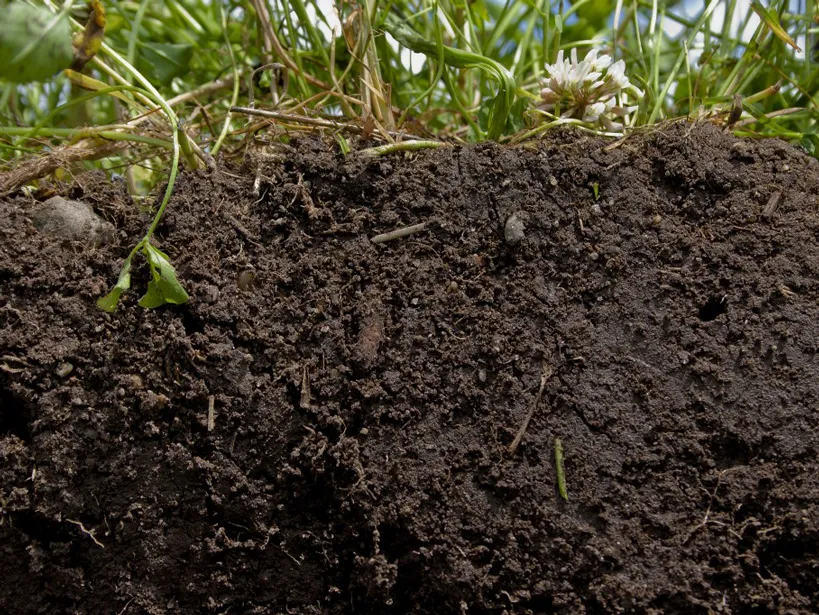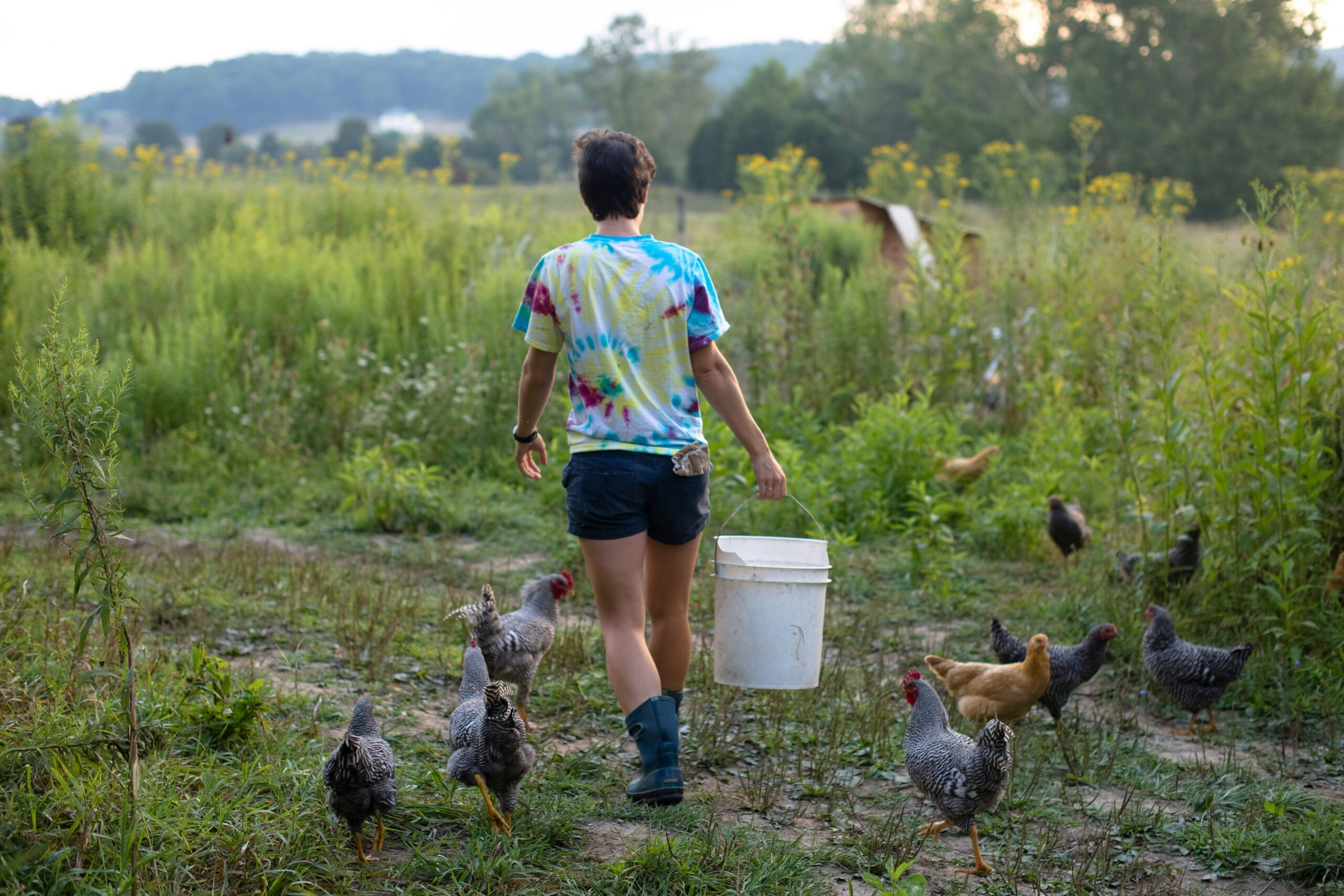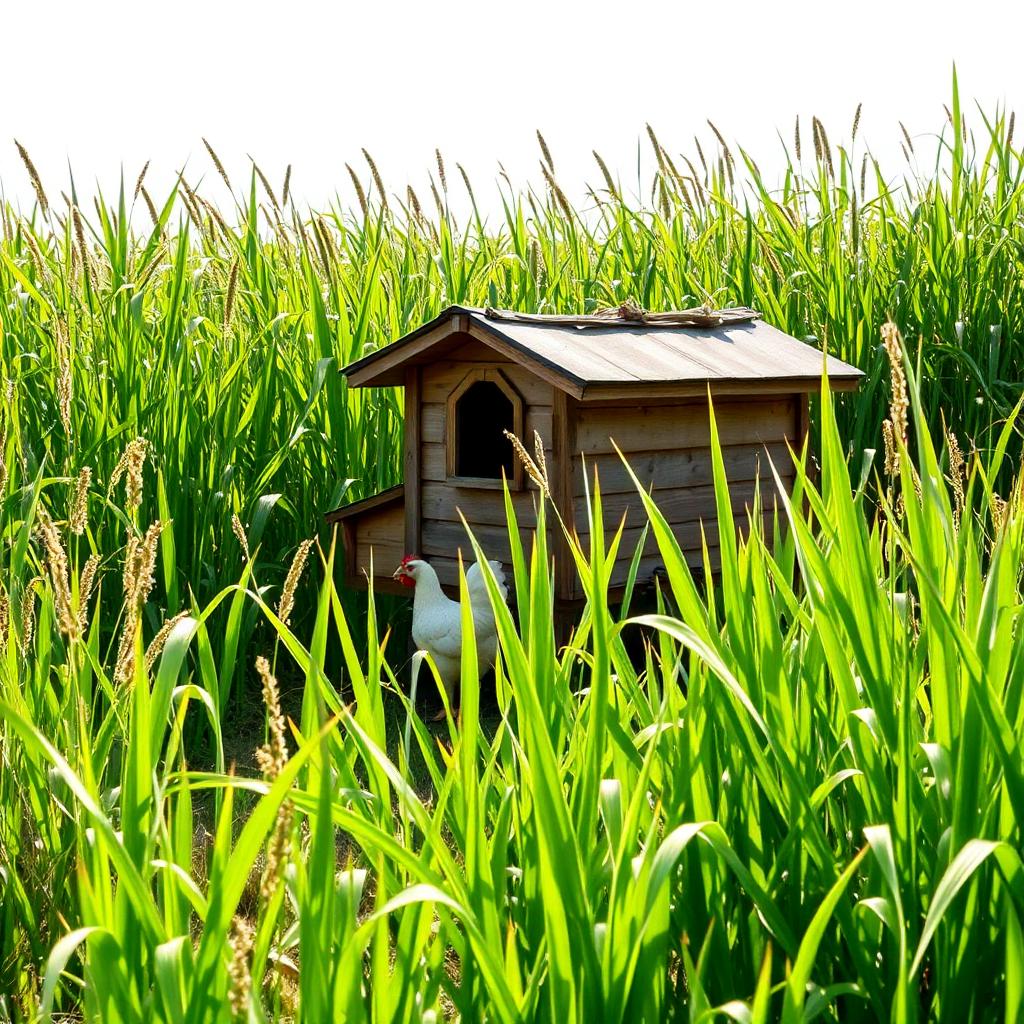
As the chill of winter fades and the promise of spring emerges, gardening enthusiasts eagerly await an eruption of vibrant blooms and bountiful harvests the season offers. In that respect, prior to planting that first seed, one has to look below to where there lies a group of busy soil microbes playing a significant role in garden success. These tiny, unseen organisms are unsung heroes of the gardening world, contributing to nutrient cycling, improvement of soil structure, and disease suppression. You can enhance plant growth, resilience, and yield by fostering a healthy microbial ecosystem in your garden soil. Getting your spring garden ready with these vital soil inhabitants in mind will set the stage for a thriving, sustainable garden that will flourish throughout the growing season.
There is a difference between “Soil” and “Dirt.” Dirt is any shade of brown, typically dry to where it crumbles in your hand and lifeless…whereas Soil is dark and moist, just like mom’s devil food cake. It compresses when squeezed in the hand and is very much alive.
Soil is an essential component of Earth’s ecosystem, acting as the foundation for food production, water filtration, and carbon storage. However, one of the most fascinating aspects of soil is its rich microbial life. These tiny, often overlooked organisms are critical in maintaining soil health and fertility. Let’s delve into the world of soil microbes and uncover their incredible environmental contributions.
What are Soil Microbes?
Soil microbes are tiny living forms found in the earth. Soil microorganisms include bacteria, fungi, archaea, viruses, and protozoa. Yet these minute beings together represent the highest biomass among living organisms in the world. One gram of healthy soil houses billions of microorganisms, cooperating for the successful emergence of a lush environment underground.
The Functions of Soil Microorganisms
- Decomposition and Nutrient Cycling
Soil microbes are the major decomposers of organic matter, including dead plants and animals. In the process, microbes break down complex compounds into simpler substances, releasing nutrients such as nitrogen, phosphorus, and potassium back into the soil. This nutrient cycling is very important for plant growth and soil fertility. - Symbiotic Relationships with Plants
The soils are a host to many microbes living in symbiosis with plants. For example, mycorrhizal fungi (probably the most well-known microbe) colonize the root surface, thereby extending the plant root system. They help in supplying water and other essential nutrients that contribute to growth. In return, the plant provides them with photosynthetic carbohydrates.
Nitrogen-fixing bacteria reduce atmospheric nitrogen to ammonia, a form easily used by plants for growth. These bacteria commonly live in symbiosis with legumes, adding a natural fertilizer to the soil. - Soil Structure Improvement
Soil microorganisms improve the soil structure through substance production that combines and binds particles together, improving soil porosity and aeration; the improved soil structure promotes more retention of water to sustain root development, hence yielding a better plant growth. - Disease Suppression
Beneficial microbes suppress soil-borne pathogens by several mechanisms, including competition for resources, production of antibiotics, and direct predation. This natural disease suppression reduces the need for chemical pesticides and supports sustainable agriculture practices.

Factors Affecting Microbial Life in Soil
- Soil Type and Composition
Different kinds of soils, such as clay, silt, and sand, impact the microbial communities. Sandy soils, for example, may drain out quickly and therefore affect the availability of water to microbes, whereas clay soils hold more water but may not provide aeration, thus affecting microbial respiration. - Organic Matter Availability
Organic matter is a critical energy source for soil microbes. More diverse and active microbial communities exist in soils with high levels of organic material, including compost or decomposed plant material.
- Soil pH and Temperature
Soil pH affects diversity and functioning: Most soil microbes have optimum growth in pH between 6 and 7. Very high and low pH values can kill many microbial species, which may affect the fertility of the soil. Temperature is also important, and generally, microbial activity increases as the soil temperature increases to a point.
Human Impact on Soil Microbes
- Agricultural Practices
Over farming, excessive tillage, and heavy use of chemical fertilizers disrupt microbial communities. Such activities can lead to loss of soil structure and reduction in biodiversity, hence leading to the degradation of soil over time. - Land Development
Urbanization and deforestation may lead to a significant change in the soil environment, affecting microbial habitats. Natural spaces should be preserved, and land use practices should be sustainable to maintain soil health. - Climatic Change
Climatic changes, increased temperatures, changes in rainfall, may actuate changes in the soil moisture and temperature to alter the microbiological activities and diversities.
Promoting Healthy Microbial Activity
- Organic Farming and Regenerative Practices
These practices focus on minimal soil disturbance and emphasize using natural fertilizers, cover crops, and crop rotations to enhance microbial life. Organic farming nurtures a healthy microbial community by encouraging biodiversity and minimizing the use of chemicals. - Composting
Compost addition to soil raises the level of organic matter, thus feeding and energizing microbes. Composting may also add beneficial microorganisms that enhance soil health and plant productivity. - Reduced Tillage
Minimizing disturbance to the soil maintains the structure and the habitats of microbes. Methods of reduced tillage protect microbial diversity and allow natural nutrient cycling.
Understanding the role of soil microbes is crucial for appreciating the complex interactions that sustain plant life and ecosystem services. These tiny organisms play a vital role in supporting healthy soil functions, from nutrient cycling to disease suppression. By adopting sustainable practices, we can enhance the diversity and activity of soil microbes, leading to more resilient and productive ecosystems. So next time you walk across a patch of earth, take a moment to appreciate the incredible microbial world beneath your feet, silently working to sustain life on our planet




